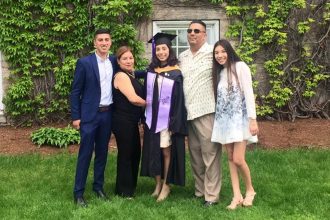CARLA GUTIÉRREZ | SETS A NEW PATH IN ART DOCUMENTARY “FRIDA”

CARLA GUTIÉRREZ, Documentary Film Director and Peruvian immigrant in the United States, sets a new path in art filmmaking with “Frida” a documentary about iconic Mexican artist Frida Kahlo’s life. This marks Carla Gutiérrez’s debut as a Documentary Film Director.
Carla Gutiérrez was inspired to do this documentary when she realized there were so many letters, an illustrated diary and correspondence, Frida Khalo’s autobiographical legacy which narrated a more intimate side of her.
In an intensive two-year journey, Gutiérrez and her team of artists, most of whom are women and “orgullosamente” proudly Latinas, came together to create a singular cinematic experience that would be beyond an art history lesson.
CARLA GUTIÉRREZ
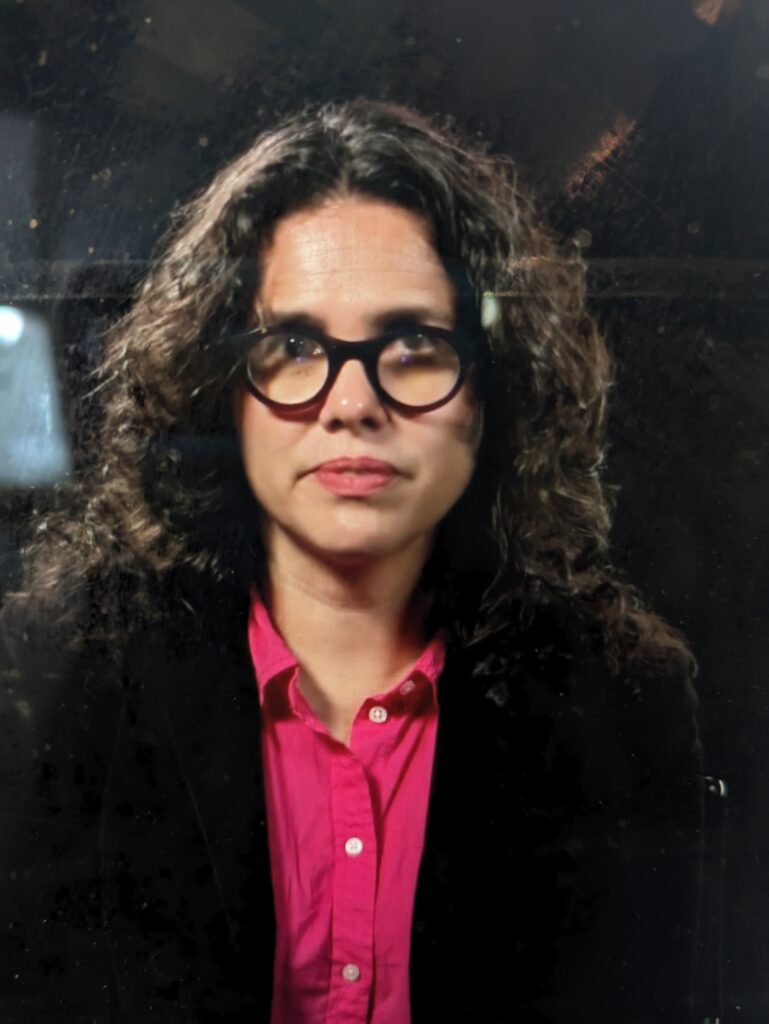
Frida’s documentary directed by Carla Gutiérrez won the U.S. Documentary Jonathan Oppenheim Editing Award at the Sundance FIlm Festival in January 2024.
Carla Gutiérrez prior film editing work was with RBG in 2018 an American documentary film focusing on the life and career of Ruth Bader Ginsburg, the second female Associate Justice of the Supreme Court of the United States. An academy award nominated documentary.
I had the opportunity to see this documentary in advance and interviewed Carla Gutiérrez in a press conference during the SXSW Film Festival where it was shown at the Austin Film Society in Austin, Texas on March 12th.
WHAT IS «FRIDA» THE DOCUMENTARY?
FRIDA is an intimately candid and magical journey through the life, mind and heart of Mexican artist Frida Kahlo, told for the first time in her own words.
Carla Gutierrez draws from Kahlo’s famous illustrated diary, revealing letters, essays and candid newspaper interviews, and brings Frida to life graphically through lyrical animation inspired by her works of art.
PAIN IN FRIDA’ S PAINTINGS
And just as Frida Kahlo painted her own reality through her art, she described that same reality through her letters by writing about her feelings, and more importantly her pain.
This documentary conveys the pain that Frida Kahlo felt not only physically but emotionally during her life.
A few years ago, I had the opportunity to interview award winning Mexican photographer Graciela Iturbide who was assigned to photograph Frida’s personal items in the house-museum in Coyoacán, México after being preserved for fifty years and she expressed:
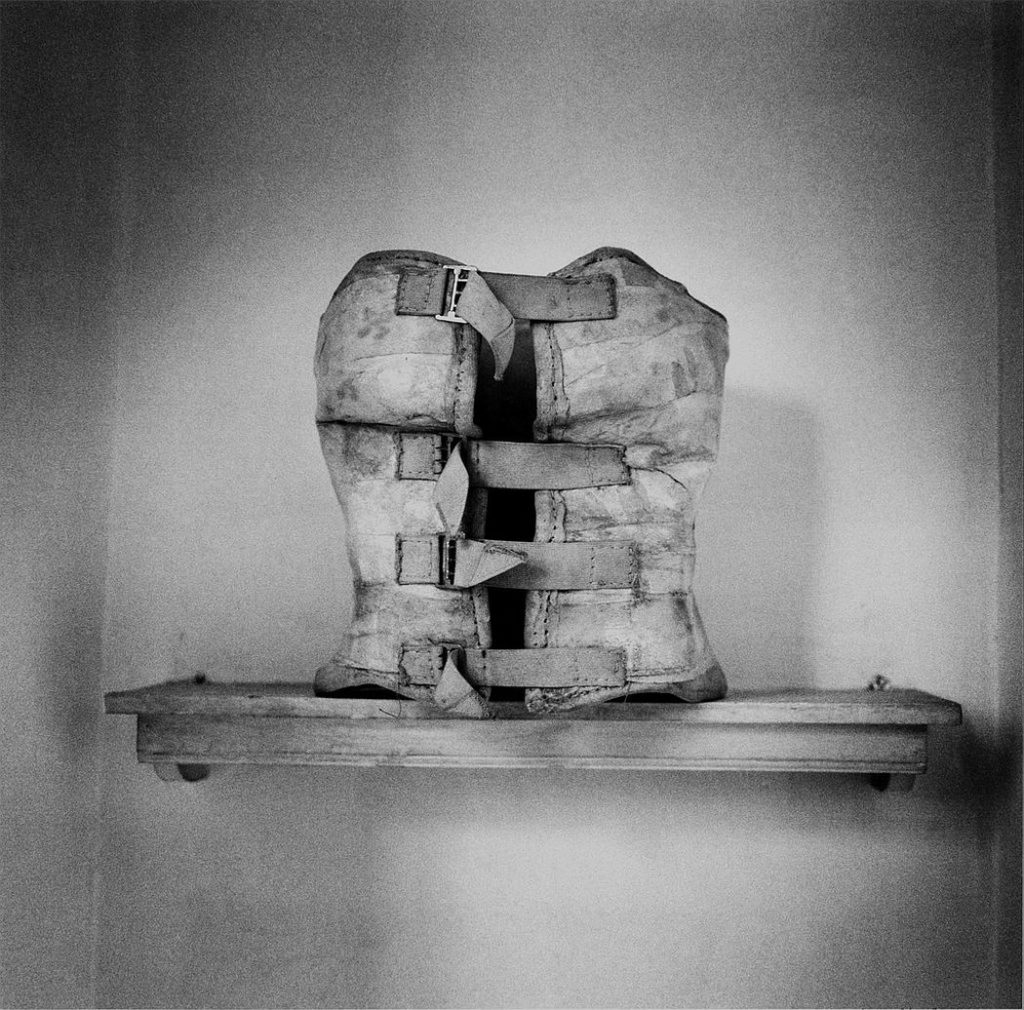
Photo by Graciela Iturbide. Untitled. El baño de Frida. Corset en el estante. Coyoacán, Mexico.
“It was very significant for me to realize how Frida, despite her pain, had painted her paintings. For that I admired her. Her work was really a therapy for her. It was very moving for me to get in touch with her so to speak, through my camera photographing her objects that related to the pain she suffered.”
– Graciela Iturbide
NARRATION
One important character in this documentary is the voice of the narrator throughout the film. Fernanda Echeverria del Rivero gives an outstanding performance as a voice actress in this documentary.
It feels as if Frida herself is narrating it. Fernanda’s tone and the emphasis in her voice are placed exactly where needed to engage the audience on a lively story teller’s magical journey, just as if your own mother or grandmother was narrating the life story of a dear friend to you.
FILM AND EDITING WORK
The documentary is important because it not only reveals a more intimate view of Frida Kahlo as an artist but it establishes a new and innovative path in film making on the subject of art.
Carla Gutiérrez shows how you can interact with a painting in a way much deeper than one would with a typically static photo or a stationary perspective view in a museum.
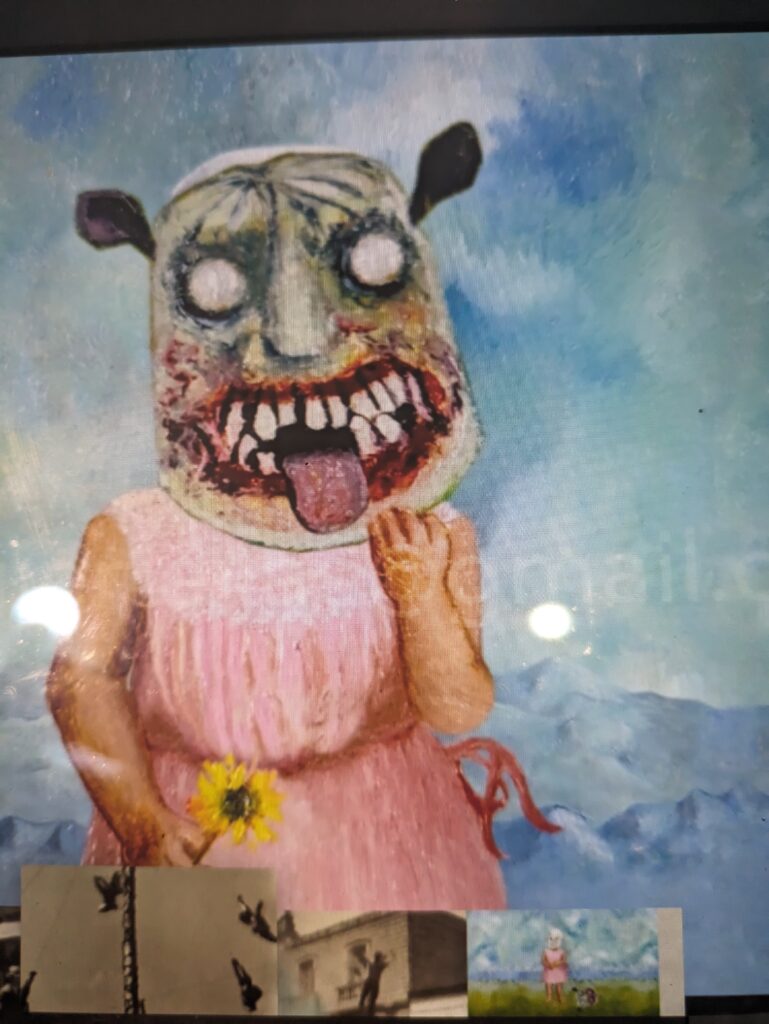
She uses animated designs in her documentary that engages the viewer with a different creative take on Frida Kahlo’s paintings we are familiar with in books and museums.
An emotional connection to Kahlo’s works is forged in a meaningful creative way that honors the spellbiding nature of the artist’s life’s work.
SPANISH LANGUAGE IN THE FILM
Carla Gutiérrez commented on her obstacles in delivering this project in the Spanish language while talking to potential partners to bring this movie to life.
She commented that they resisted a bit precisely because it was in Spanish but she stood strong in maintaining the native linguistic representation of the subject matter when proposing the film to others.
It was very important to Calra Gutiérrez to portray Frida’s personality and the manner in which she spoke about things. She felt it was critical to preserve the Spanish descriptions and context that can be lost in English translation.
FRIDA KAHLO’S LETTERS
However a good number of correspondences used were written in English by Frida Khalo. One example we discussed during the interview was a letter Khalo wrote to her friend German Photographer Nicholas Murray, who photographed Frida while living in México.
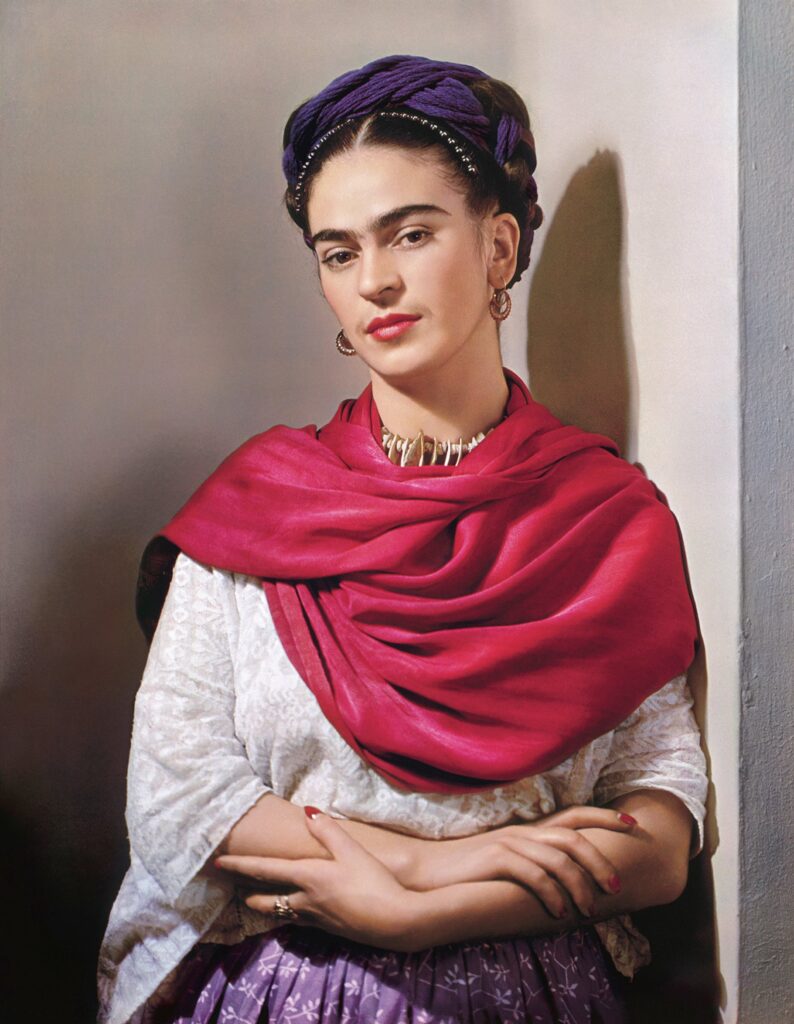
Photo by Nickolas Muray. Coyoacán 1939.
The letter, dated February 16, 1949 begins, “Adorable Nick, mi niño” Then it continues “I am writing to you in my bed in the American Hospital… “ describing her hospital experience and her pain and health issues in the United States.
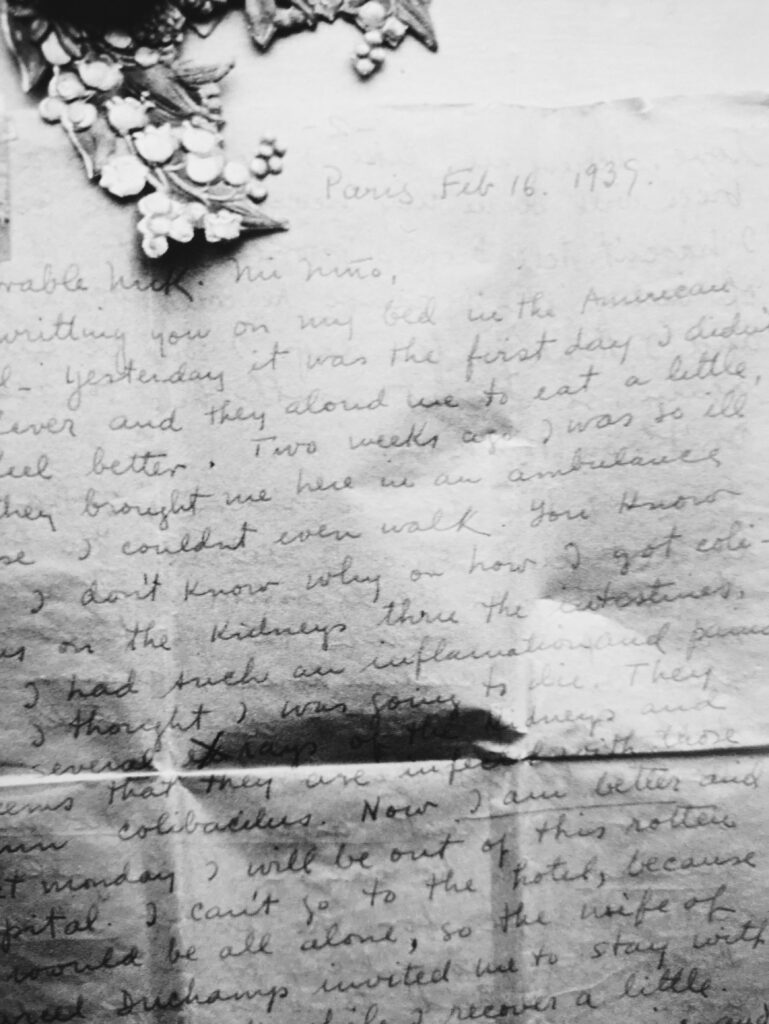
Carla Gutiérrez commented that on that same date, Frida sent a letter to her husband muralist painter Diego Rivera in Spanish talking about something similar.
The deep knowledge and research Carla Gutiérrez carried out to ensure all facts of Frida Kahlo’s life were kept in order is nothing short of impressive.
FRIDA KAHLO WROTE HER OWN SCRIPT
Carla Gutiérrez, expresses that Frida Kahlo, without even realizing it, was already writing her own script for this documentary.
Drawn from her diaries, revealing letters and candid interviews through forty years of her life, the foundations of the story were already available for Gutiérrez magic touch.
Carla Gutiérrez noticed that with these materials available she could express a more intimate view of Frida Kahlo’s – fearless, seductive, defiant, vulnerable, and fiercely independent life. Her feminist comments were sharp and direct as:
“Nunca aceptaré dinero de ningún hombre, hasta que muera, así podré ser libre”
«I will never accept money from any man, until I die. so I may be free».
-Frida Khalo
Thus, one could even say that the artist herself, having left the legacy of her intimate correspondance and life story, was her own script writer for this film. Bravo. LRM
Watch Frida’s TRAILER here.

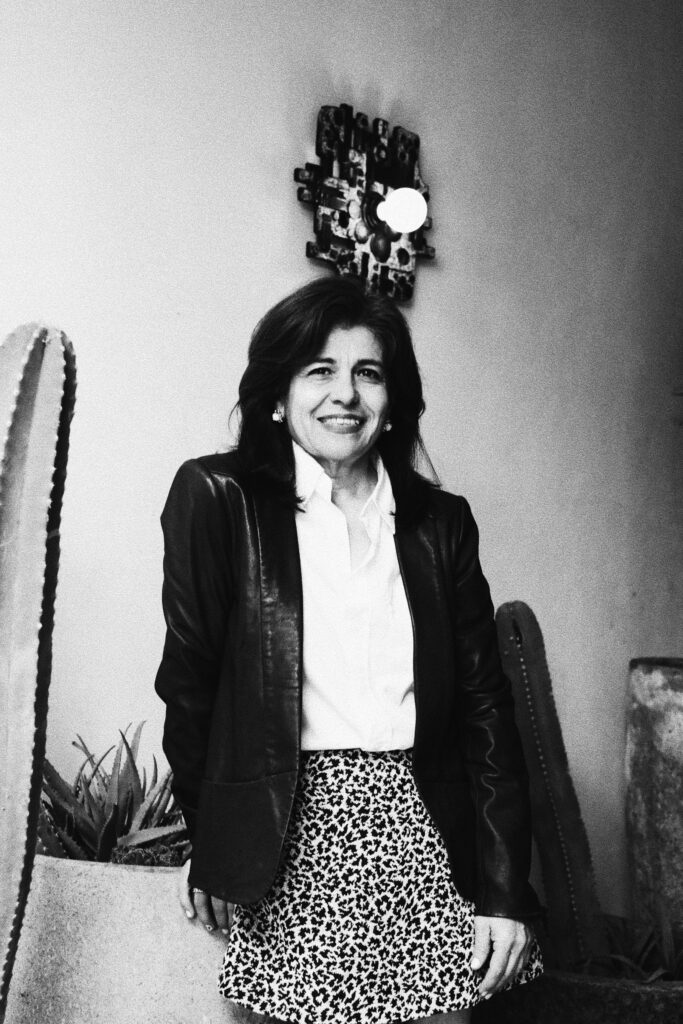
By Lilia Rodríguez -Davis
Editor in Chief
La Revista Mujer Austin, Texas

